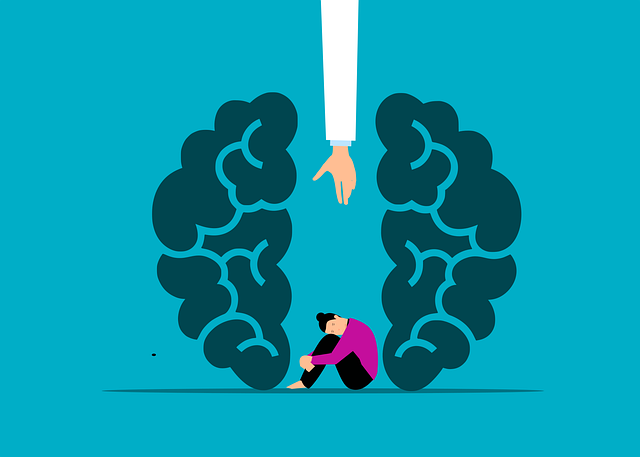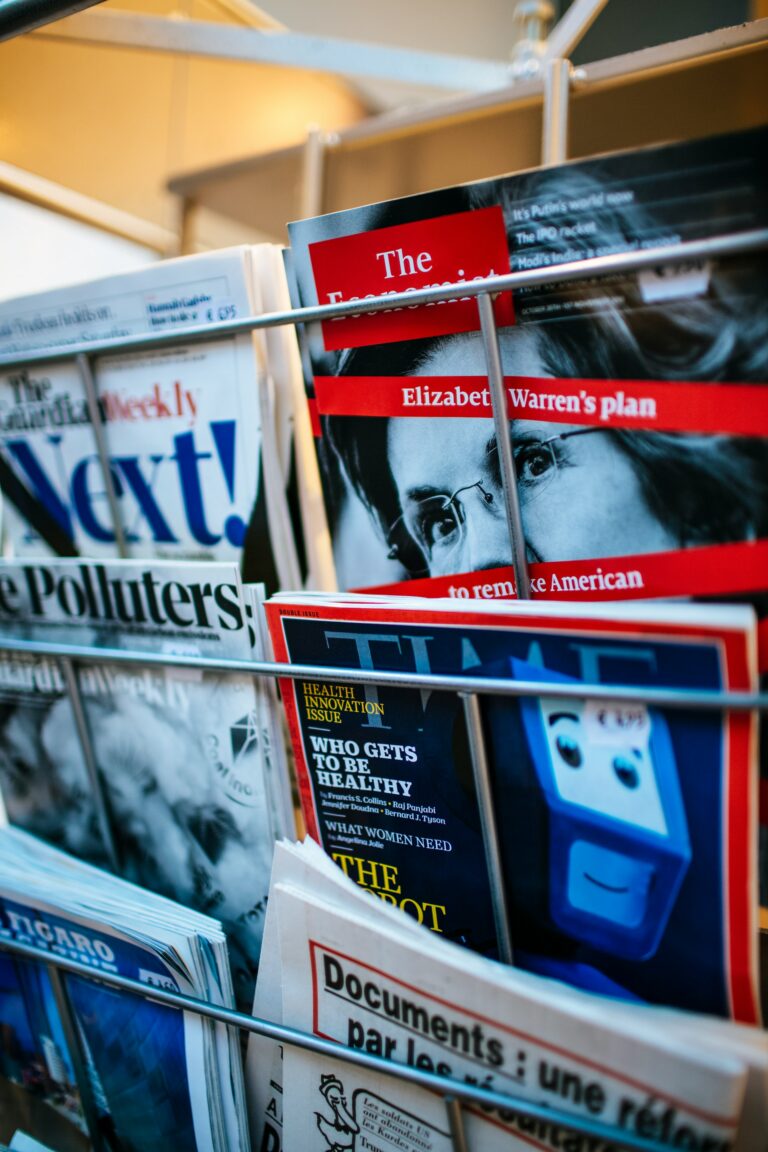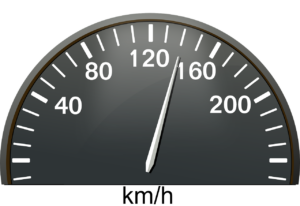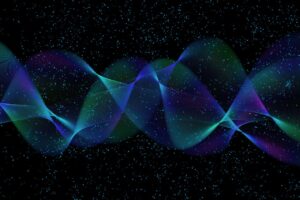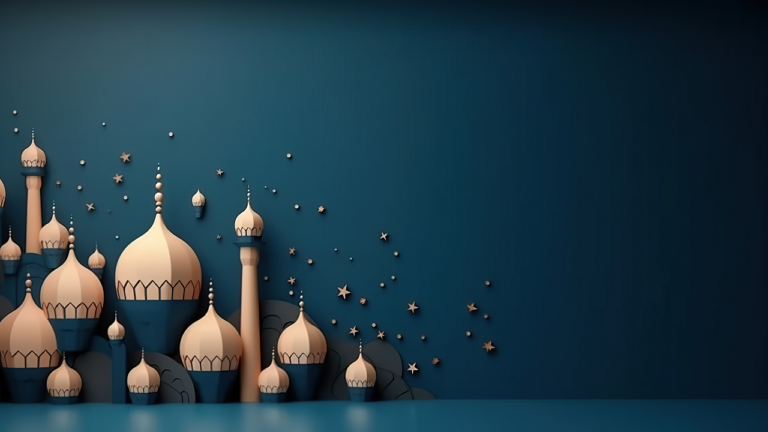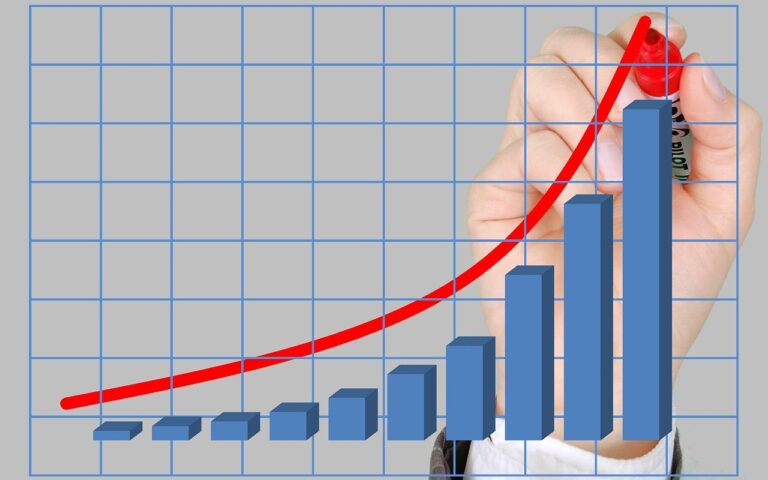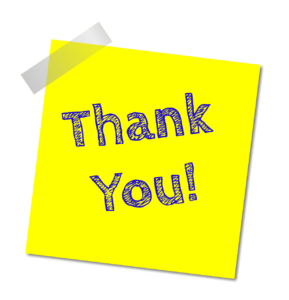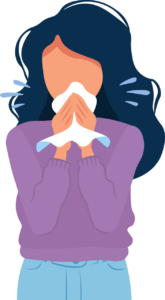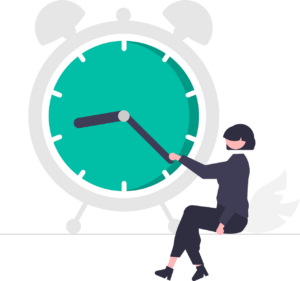“In 2020, 1 billion people in the world will be aged 60 years or over. That figure will rise to 1.4 billion by 2030, representing one in six people globally.” (World Health Organisation, 2023) What can we, as adolescents, youth, and adults, collectively do to support those before us? Mental health advocacy has been a rising issue collectively around the world for a wide variety of age groups but more significantly within the ageing populace. A culmination of disease, dementia, and lack of physical ability create significant obstacles to healthy mental health. Mental health is defined as: the psychological well-being and satisfactory adjustment to society and to the ordinary demands of life from Dictionary.com. Within modern societies, with rapid movements and immediate shifts, mental health is already a grasping issue, with rising issues among those who are unable to adapt to changing environments, such as seniors. “Around 14% of adults aged 60 and over live with a mental disorder.”
As advocates, change is always driven by small steps of the individual, culminating in noticeable change. “The man who removes a mountain begins by carrying away small stones” – a Chinese Proverb (Taylor, 2012). Join movements that dismantle the stigma surrounding mental health and foster inclusive communities (World Health Organisation, 2023). Educate yourself about the distinct challenges that senior individuals face regarding mental health and the available support systems. Advocate for and support policies that enhance access to tailored mental health services for seniors. Engage in local initiatives and volunteer opportunities that promote mental well-being and foster intergenerational connections. Commit to building a community where the mental health needs of the elderly are recognized, prioritized, and addressed with compassionate care. In conclusion, prioritizing elderly mental health is essential for cultivating a compassionate and inclusive society. Let us work collectively to ensure that every senior receives the care and respect they deserve.
References
(n.d.). Dictionary.com. https://www.dictionary.com/browse/mental%20health
Pixabay. (n.d.). Pixabay. https://pixabay.com/images/search/mental%20health/
Taylor, J. (2012). 20 Quotes to Inspire You to Take Small Simple Steps Every Day. Jane Taylor. https://janetaylor.net/quotes-to-inspire-you-to-take-small-simple-steps-each-day/
World Health Organisation. (2023, October 20). Mental health of Older Adults. World Health Organisation. https://www.who.int/news-room/fact-sheets/detail/mental-health-of-older-adults

